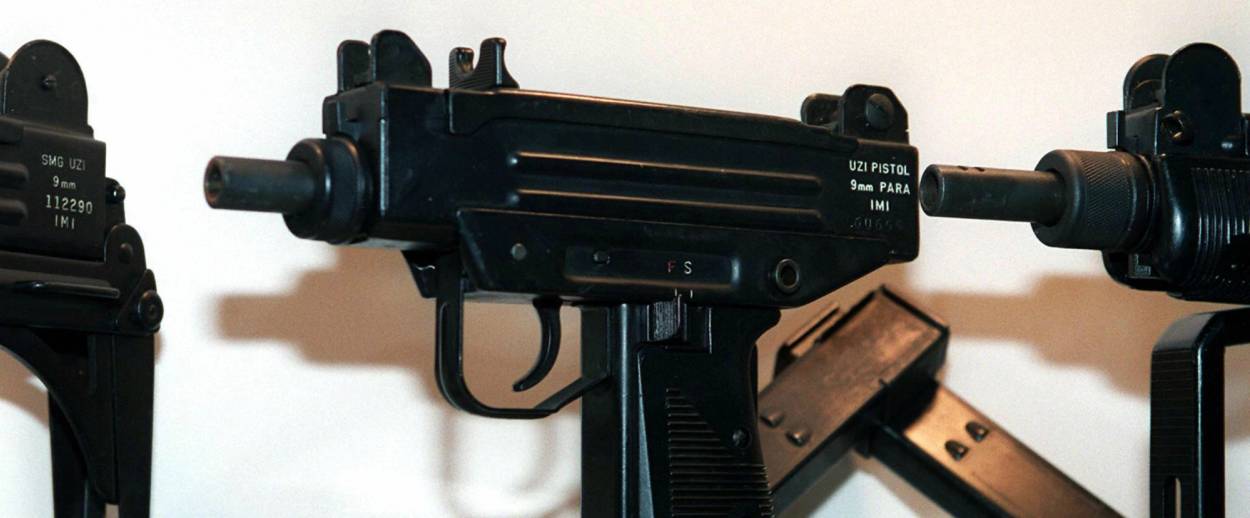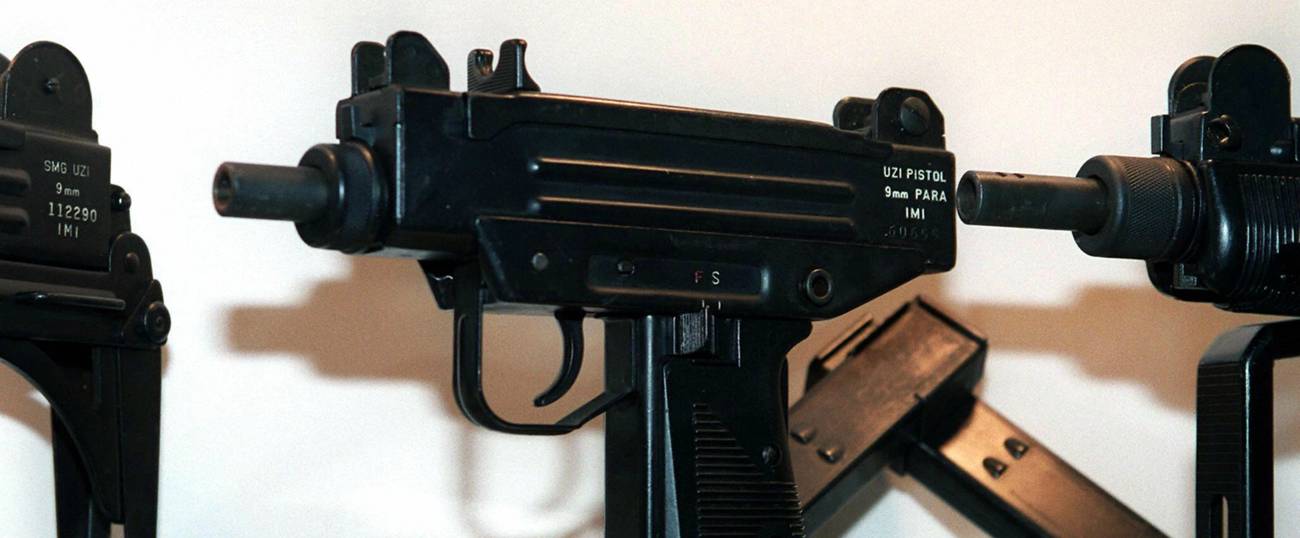As Part of Larger Privatization Plan, Israel Puts Uzi Factory Up For Sale
Uziel Gal, who died in 2002, developed the submachine gun in the 1950s




In October 2014, the Israeli government, in an effort to increase revenue and decrease national debt, approved a three-year, $4 billion plan to privatize a number of state-owned companies listed on Tel Aviv Stock Exchange, including its utility (electric, water, natural gas), rail, post office and defense companies, and the ports of Ashdod and Haifa, reported Reuters. At the time, Israeli Finance Minister Yair Lapid said, “This is another step in stopping the politicization of government companies and reducing corruption in the companies.”
This week, The Wall Street Journal reported that the Israeli government is expecting bids on Israel Military Industries, Inc., a weapons factory based in Ramat Hasharon that developed the Uzi, a vastly exported submachine gun that fires 9mm rounds.
The company traces its roots to 1933, when the Jewish paramilitary group, the Haganah, opened a mortar factory hidden inside a leather tannery on Tel Aviv’s beach in then British-controlled Palestine.
The smell of leather-processing chemicals kept British soldiers away, said 102-year-old Eliyahu Sacharov, who as a Haganah leader helped found IMI and tested hundreds of its earliest weapons.
Barred by British rules from importing or manufacturing arms, Jewish fighters relied on hidden weapons factories to win independence in 1948. Mr. Sacharov was jailed for four years by the British for his illicit weapons activities.
Bidders must pay a $1.58 million just to see the 82-year-old manufacturer’s books. The government wants to finalize a sale by next year, and expects to make an estimated $800 million from the sale, WSJ has reported.
The Uzi was invented by Uziel Gal, who was born in Germany in 1923. A former IMI employee, Gal escaped the Nazis in the 1930s and, like Sacharov, went to British Mandatory Palestine before being imprisonment by the Brits in the 1940s. “Upon his release,” wrote the BBC in Gal’s 2002 obituary, “he began working clandestinely, making weapons for the Jewish underground.”
The Israeli Defence Force decided to commission new designs, one from its Science Corps and the other from the young officer Gal who had shown a talent for weapons invention. Gal decided it would be easiest for soldiers to reload their guns simply by bringing their hands together. The gun that bears his name houses the magazine inside the grip and proved easy to reload, even in the dark.
Its other advantages included its simple design and small number of parts which made it easy to strip and reassemble. The Israeli army started testing the weapon in 1951 and the Uzi soon became the gun of choice, proving reliable even in dusty conditions.
In 2002, the BBC reported that Israel had exported more than million Uzi to “security forces around the world…but many have also been used by criminals.”
In the 1970s, Gal moved to Philadelphia where he made versions of his “Uzi” for American clientele. After his death, Gal was flown back to Israel where he was buried “at a kibbutz where he spent much of his life,” the BBC reported.
Previous: The Iconic Mikhail Kalashnikov Dies at 94
Related: How Sweet, Smart Kids Under Occupation Come to Worship Militants
Israel and India, a Match Made in the U.S., Develop Their Own Military Romance
Jonathan Zalman is a writer and teacher based in Brooklyn.